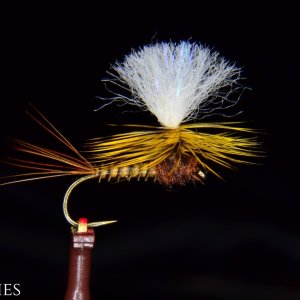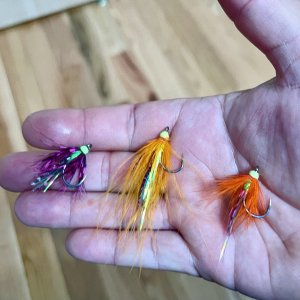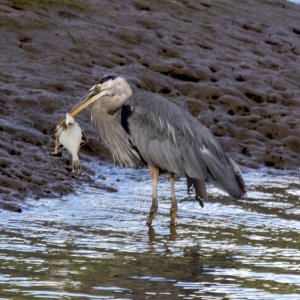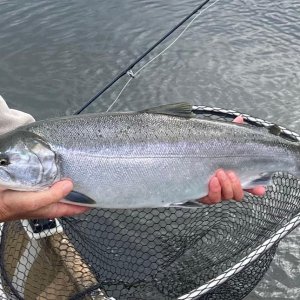Sometimes, there just aren’t any salmon on those giant bait aggregations. If there were, you probably would have got something doing what you were doing.
My approach to an actual baitball would be a bit different. Firstly, I would try to work out which way the ball was going, and approach as quietly as possible to a position ahead of their direction of movement. As I am doing this, I would be looking for the characteristic sprays of fleeing bait that happen when there is a fish actively chasing bait near the surface - if I see one of those, cast in front of it to try to get the fly in front of the fish. If not, I think the ideal cast is at an angle, beyond the furthest edge of the bait, across the direction the ball is traveling. I don’t cast over the bait if I can help it. That can sometimes instantly put them down (but usually doesn’t if there are active predators on them). Basically I want the fly down, under the bait, moving up into the baitball as I retrieve. The reason for the long cast is that I want the fly sinking near, but not in the baitball. A large proportion (like a third or half) of the takes come as the fly is sinking, so after the cast I make a strip or two to make sure the line is tight, then just hold on until I feel that it has sunk far enough. For a big, deep, baitball that might be a minute, and If I am drifting I will feed extra line to get deeper. Basically just like stripping the line in, only in reverse.
For gear, I don’t think the fly pattern matters that much. I go for at least as big as the bait, and as heavy as possible. Down and jiggy works for me. I always use a sinking head, usually a type 6 shooting head with a floating running line. I don’t see any advantage to a slow sink or intermediate from a boat for coho/chinook.














